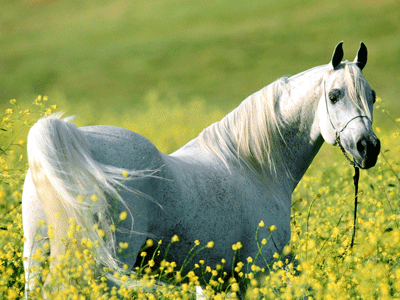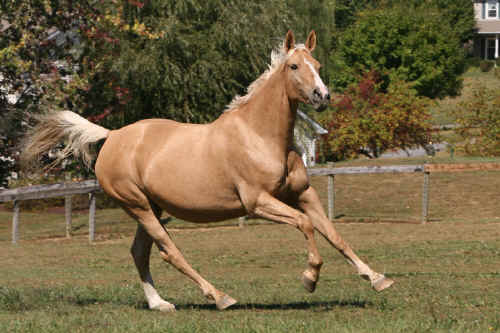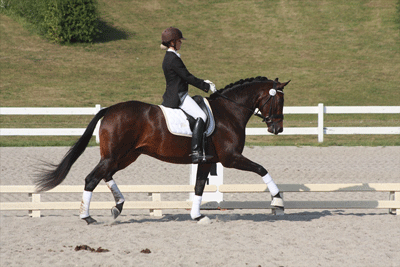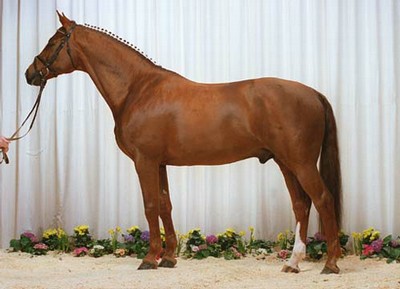



|
Danish Warmblood Qualities
Danish Warmblood horses are quite possibly the perfect combination. They are resilient and kind but also fierce and incredibly strong. The breed is happy enjoying a lazy day or committing to day filled with running and even competing. They are utilized for various competitive events, including riding. These animals have been noted as being very pleasant and quite wise. They can be found in the Denmark area as well as Germany, Sweden, Copenhagen, and around the North and Baltic Seas.
Danish Warmblood Temperament
The temperament of the Danish Warmblood is that of calmness and great ability. They are categorized as amenable and graceful creatures that have the ability to become very loyal to their owners and families. The German, Polish, and French residents have all praised this particular breed for its excellence and its well known aptitude to learn new skills with haste.
Danish Warmblood Appearance
The Danish Warmblood is an average sized horse that stands at around sixteen hands at full gown adult size. It has clean legs, a deep chest, and rounded quarters. This breed bodes very strong forearms and joint that will enable it to run and roam as it wishes. Muscular and extremely tough, the Danish Warmblood does very well when it comes to jumping and having great speed over its competitors. They can be bred in various colors such as bay, chestnut, and black, but they are most commonly spotted at browns.
Danish Warmblood Upkeep
Tending to a Danish Warmblood is not at all complex. In fact, this breed is an easy learner and can manipulate its way around rough terrain with very little effort. It can survive in either cold or warm climates and does not bode any major health issues or requirements.
Danish Warmblood History
The Danish Warmblood horse comes from Denmark. They are a well known breed throughout Denmark and have been for several years, however their current sporting horse format is still considered new. The Frederiksborg is responsible for the Danish Warmbloods. In the beginning, they were called the ‘Danish Sports Horse’. Soon after their creation, breeders were anxious to get started cross breeding them and began with the Thoroughbred. They were eager to gain the athleticism of the Thoroughbred and were also able to gain additional muscle and even bones with this experiment. As time progressed, they went on to be bred with other variations such as the Trakehner, Wielkopolski and the Selle Francais. Each breeding variation brought something new to the animal, be that strength, increased endurance or simply more grace when pulling carriages. During the nineteen sixties, a studbook was created and ever since the breed has been increasing in population.
|